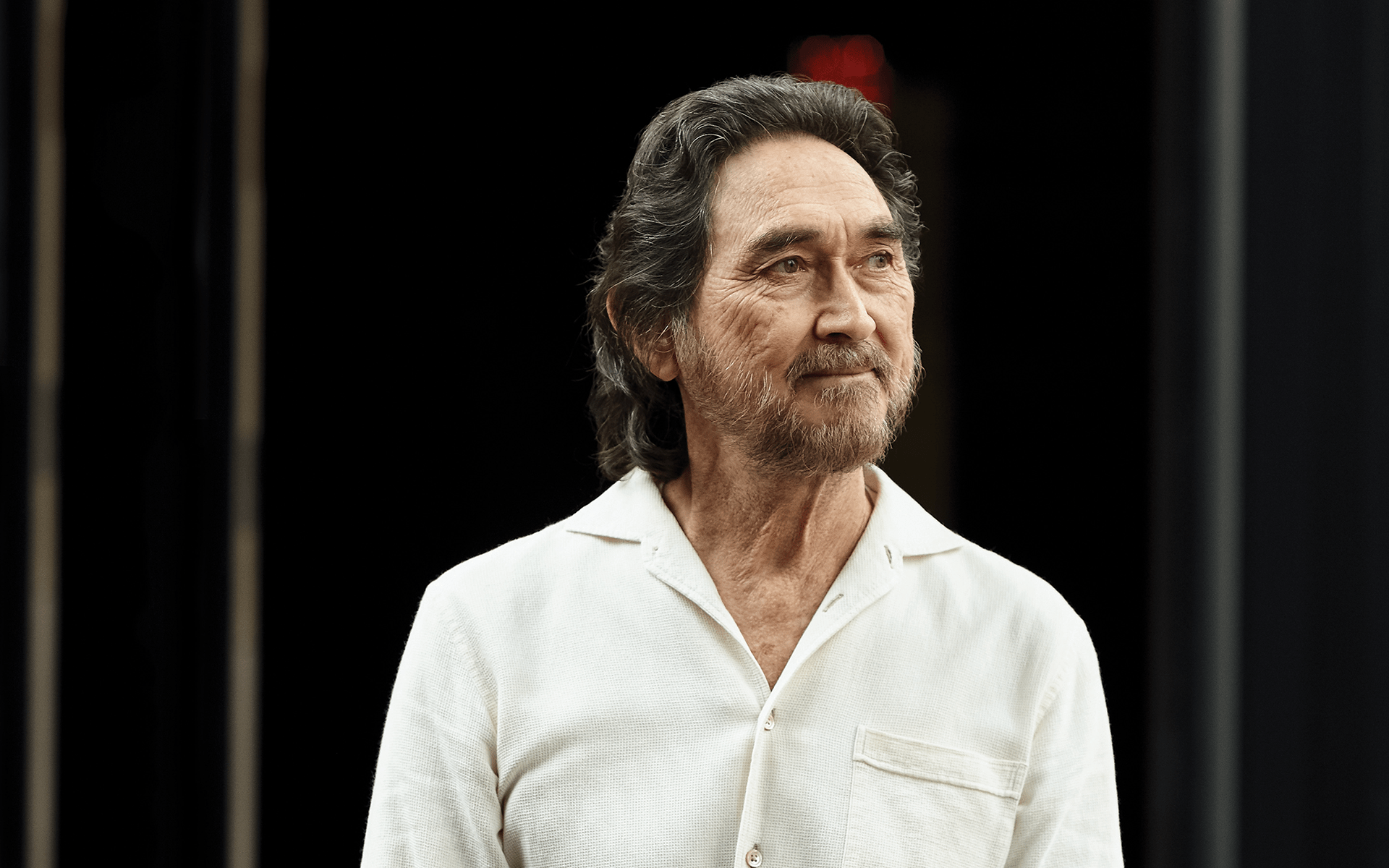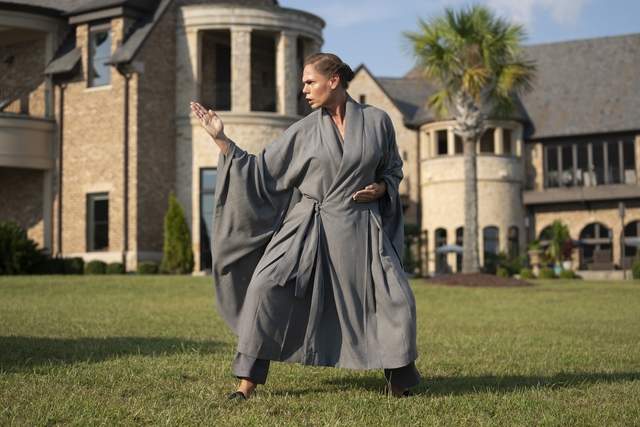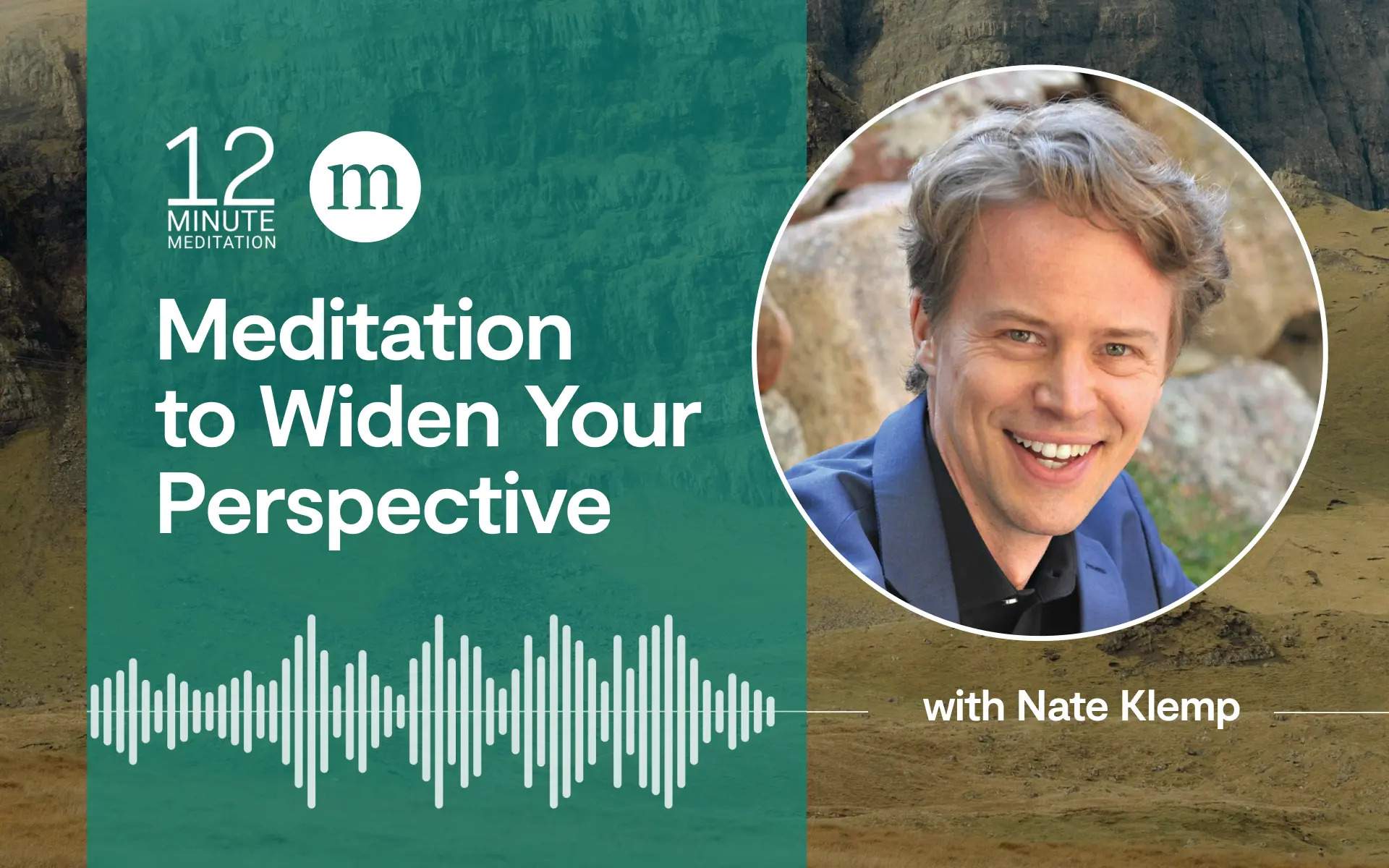Trained in East Asian medicine in Japan and in psychology at Harvard, Stephen Murphy-Shigematsu teaches throughout Asia and at Stanford University. His Heartfulness program at Stanford combines traditional wisdom practices such as mindfulness with current science. Among his courses is “Transforming Self and Systems: Crossing Borders of Race, Nation, Gender, Sexuality, and Class.” His book, From Mindfulness to Heartfulness: Transforming Self and Society with Compassion (published February 2018), focuses on how mindfulness practices can contribute to a meaningful way of living with gratitude, compassion, and social responsibility.

In what sense does your hyphenated surname—Murphy-Shigematsu—speak to the integration that’s so present in your work?
I found a sense of purpose in making meaning of an existence that was created by two people from different worlds—an Irish-American father and a Japanese mother. They were people from different sides of a great war who came together in peace and created children.
Your career has shifted from providing individual psychotherapy to working exclusively with groups. What drew you in that direction?
With the one-to-one professional relationship, there is a hierarchy and power structure: The patient, client, always has less power than the professional caregiver. I found that limiting. I wanted to return to what is practiced in much of the world—coming together in a healing community in which you engage as equals.
In a group, when someone is open and vulnerable about the humanity and imperfection and woundedness in themselves, then others in the group will sense that a safe space is being created. They’ll feel the desire—or even the need—to be open and vulnerable. It becomes a reciprocal process of healing—of reconnecting with the hidden, fragmented, traumatized parts of self.
So in a sense, your new book—and use of the word “heartfulness”—is an extension of that concern for integration.
The book is an attempt to refocus us on the broader meaning of mindfulness. For me, “heartfulness” is a way of saying that mindfulness extends beyond the head—into the heart and into the hands. It’s a way of extending mindfulness beyond the individual self and into the realization of our interconnectedness with others.
And this starts in your own classroom?
My class meetings begin with a three-minute walk from the classroom—through a beautiful sculpture garden—to Windhover, the university’s contemplative center. Once we arrive, we meditate for 15 minutes. Later in the quarter, we extend that time to 30 minutes.
What happens when you get back to the classroom?
When we return to the classroom we are working with mindful values. When you begin in a place of mindfulness, people bring themselves to an encounter in such a different way. I’ve repeatedly seen the results: We are more able to see ourselves clearly and be open to what’s happening, accepting ourselves as we are, bringing forth an authentic self, and being more open to accepting another’s authentic self. Mindfulness helps to lessen prejudice, encourage a sense of equal status, and lead to good relations.
What prompted you to start the Heartfulness program at Stanford?
When I was a substitute teacher in Cambridge public schools and later when I taught in medical schools, I was told by students—and observed myself—that mindfulness in the classroom works. At Stanford, there was a perceived gap between student services, like counseling, and academic classes. The personal and spiritual needs of the students weren’t being addressed and they were hungry for something like this.
What is your daily practice?
I practice first thing in the morning and later in the day for a little while. It’s a personal blend, starting with yoga and qigong, a series of movements coordinated with the breath, and then I sit for a while, observing thoughts and feelings and not getting attached to them.
I also integrate into my daily ritual a reflection on mortality, the Bushido or samurai practice of bringing attention to death and dying as, paradoxically, a means of developing gratitude for living another day.
In these polarized times, what gives you hope?
Connecting with people who are trying to make their lives, their relations with other people, and the world better, even if it may seem overwhelming or impossible at times. That continuing desire replenishes and renews me.








